It’s totally normal for many people around the world to have long summer vacations, but summer in Japan can be daunting for those who have never experienced it before, especially those coming from climates very different from Japan. Of course, the call of nature is strong in Japan, so you’ll want to participate in many outdoor adventures like exploring the wilds of Kochi Prefecture or swimming in a cool clear river in Hamamatsu. Packing for a Japan summer trip can be a challenge, especially when trying to preserve precious luggage space for all the cute omiyage おみやげ souvenirs and delicious Japanese snacks you’ll want to bring home. Several things should be considered essential items to wear or carry on your person on your summer Japan trip, but the question is should you bring them or buy them in Japan? And if you do wait to purchase them here, where do you find them?
Here are 7 essential items for summer you should carry with you as you travel around Japan, along with my recommendation to either bring them or buy them when you arrive in Japan.
Lightweight Clothing

Japan is almost universally hot and humid during the summer months, so it’s important to pack lightweight clothing made from breathable fabrics like cotton or linen. Remember to bring a hat to protect yourself from the sun. If you plan to visit the northern regions of Japan or spend time at higher elevations, like hiking the gorgeous Japan Alps or climbing Mt. Fuji, be sure to have warmer clothing as well; a down vest or jacket packs well in this case.
Bring or buy? Depends. Depending on your body type, you may or may not be able to easily find clothing that fits you well in Japan, where sizes tend to run smaller than in most Western countries. If this is not a concern for you, big chain stores like Uniqlo and Muji carry good quality, relatively inexpensive clothing that is perfect for Japanese summers. Consider Uniqlo’s “Airism” undergarments, designed for maximum breathability and comfort.
Breathable, Comfortable Shoes
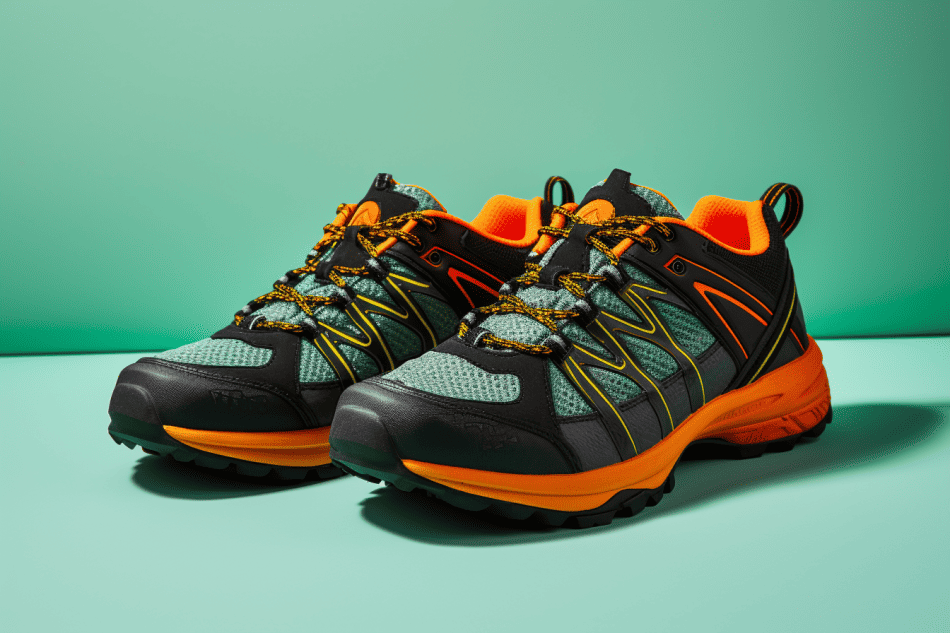
No matter your destination in Japan, you’ll likely be doing a minimum of 5 kilometers (3 miles) of walking per day, so it’s important to bring comfortable shoes. In the summer, your feet will sweat a lot (pardon me for saying this), so shoes made of more breathable materials than leather or synthetics will help you feel (and smell) a lot better. If you visit during Japan’s rainy season from late May through early July, waterproof is best, or at least treat your shoes with a good waterproof spray. Sneakers or walking shoes are a good choice, especially if you plan on hiking or visiting temples. A good pair of inserts like those made by Superfeet can also be a lifesaver, especially if you’ll walk long distances daily.
Bring or buy? Bring. While you can get good shoes in Japan at roughly the same price as your home country, you do not want to have to break in a new pair of shoes in the middle of your vacation. So break in your shoes at least a week or two before your trip and bring them with you from home. Shoe inserts can also be purchased in Japan but are generally more expensive than what you’d pay at home.
Sunscreen
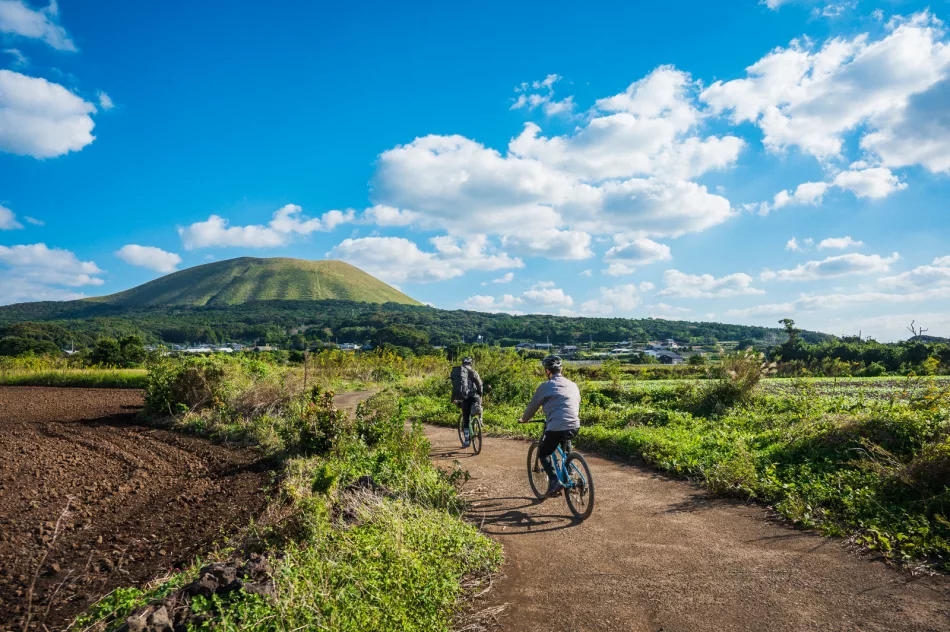
The Japanese summer sun can be intense, so it’s important to bring sunscreen to protect your skin. A 50 SPF sunscreen is recommended if you intend to spend a lot of time outdoors, and one that is waterproof (or sweatproof) is best. Be sure to reapply often as you’ll likely be wiping yourself down with a wet cloth to stay cool.
Bring or buy? Bring. I find sunscreen preferences very personal and finding a sunscreen that suits you (scent, non-stickiness, price) can be challenging in Japan, where you have to deal with language differences simultaneously. If you forget your sunscreen and need to purchase it, your best bets are Muji, which has a no-frills, easy-to-apply SPF 50 sunscreen, or drug stores like national chain Matsumoto Kiyoshi, which carries a wider variety of sunscreens, likely displayed front and center during the summer season. Keep in mind the Muji sunscreen is not waterproof, so if you’re planning to spend a lot of time at the beach, on the lake, or doing other watersports, it isn’t the best choice.
Insect Repellent
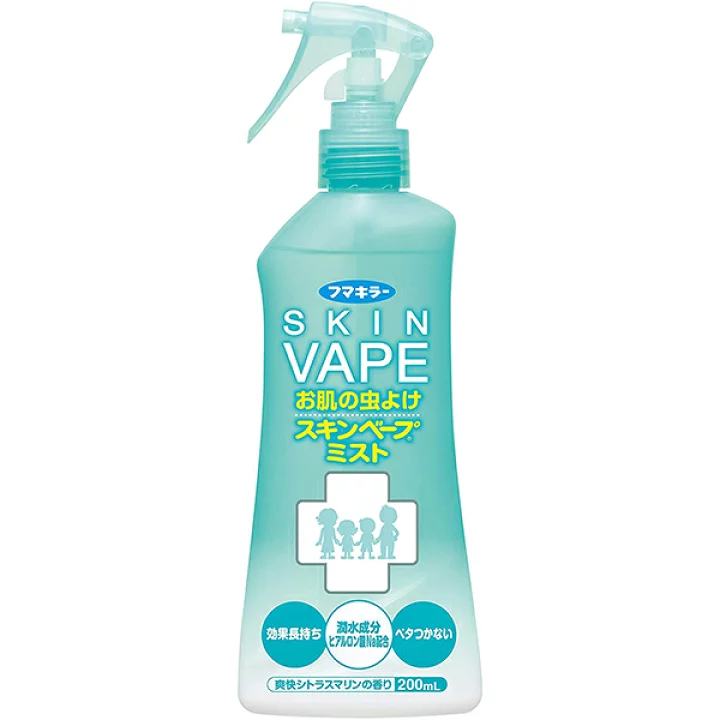
Japan is home to a variety of insects, including lots and lots of mosquitoes, so it’s a good idea to bring insect repellent to keep them at bay. Japanese people go to great lengths to repel these evil little beasts, even hanging mosquito-repelling devices from their backpacks or belts. And the species of mosquitoes in Japan are no joke. Bites can be extremely itchy, prone to swelling, and can even become infected if you aren’t careful. So while you’re out exploring the primeval forest of Amami Oshima, armor up!
Bring or buy: Buy. Before living in Japan, we used to try to bring our own repellents from America and found they did not work as well in Japan as domestic repellents. This theory is anecdotal, and I have no idea about the science behind it, but if you don’t want to donate a lot of blood to feed the local mosquito population, use what the locals use. The most effective brand of mosquito repellent we have found is Skin Vape, which can be found at many drug stores and sometimes supermarkets that sell things other than food. There are also mosquito repelling stickers available, some with cute character designs, but the jury is still out on how effective these are compared to using spray.
Compact Umbrella
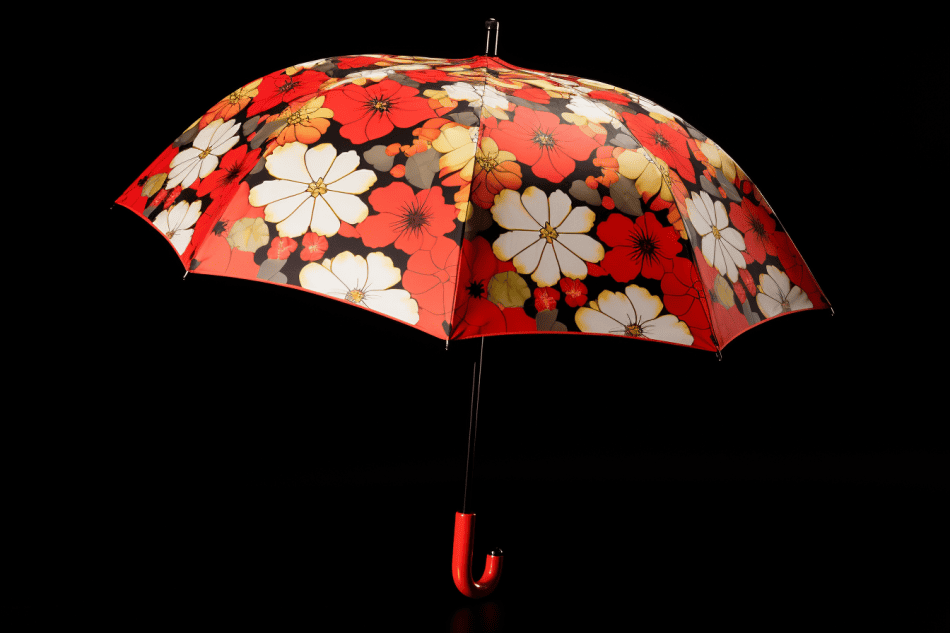
Rainy season in Japan traditionally starts in early June and continues through mid to late July. During this time, bursts of rain are frequent, even if it doesn’t rain all day long. A short rainstorm can trap you inside a building or under a tree if you aren’t prepared, so many people pack a pocket-sized umbrella for such an emergency. It also doubles as a shade umbrella in the opposite situation, cloudless days with the sun beating down on you.
Bring or buy: Buy. Unless you already have a good compact umbrella, Japan is a great place to purchase one. Relatively good quality, hundreds of styles and incredibly compact, you’ll find umbrellas at places from upscale department stores to the ubiquitous Don Quijote chain of discount stores.
Handkerchief or Hand Towel
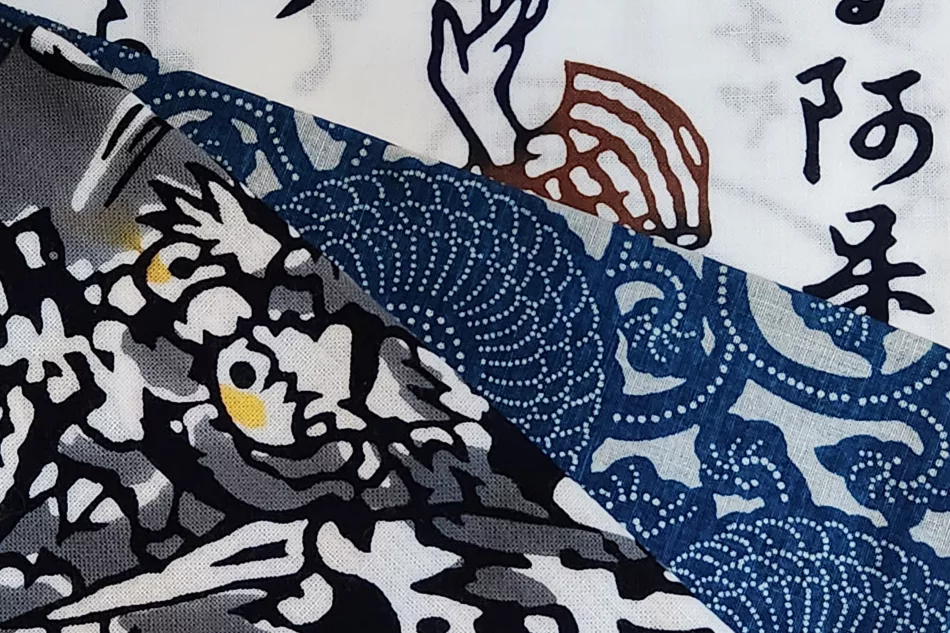
This is an essential item to have in Japan year-round, but in the summer, it does double or triple duty. Many restrooms do not offer hand towels, so Japanese people tend to carry their own little towels for these occasions. A handkerchief can also be wet with cold water to give you a bit of relief on a hot day of hiking or simply used to wipe the sweat off of your face and hands.
Bring or buy: Buy. Carrying small towels is a long time tradition in Japan, and there is even a specific multipurpose towel made in Japan for people to use: tenugui. Decorated in all sorts of designs and often unique to seasons, regions, and even individual shops, collecting tenugui can become a bit of an obsession (a little self-confession here). From Ghibli characters to Pokemon to traditional Japanese patterns, you’ll certainly find a tenugui that you’ll love during your trip to Japan. You’ll find them all over the country, although designs by Sou Sou and Asa no Ha (a shop in Tokyo’s Azabu Juban area carrying over 1,000 styles of tenugui) are a couple of my personal favorites.
Portable Fan
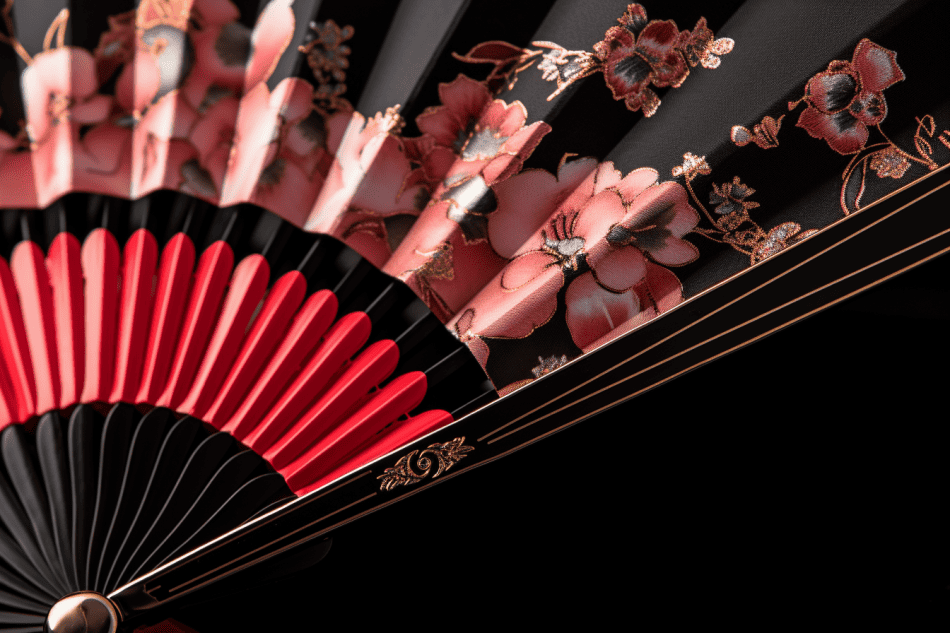
If you’ve ever been to Disneyland and bought one of those crazy hats or mouse ears and wore them around all day and put them deep in the back of your closet once you got back home, you understand the idea of the portable fan in Japan. Nearly indispensable on your trip to Japan and a “what the hell was I thinking?” item upon reaching home, you’ll have mixed feelings about this recommendation. Keep one with you anyway, for those moments you are waiting in line, catching your breath after running for the train, or feeling like you can’t take another step on the slopes of Ninenzaka.
Bring or buy: Buy. Choose between novelty handheld battery powered fans in dozens of stylish colors at shops like Don Quijote or traditional and ecologically friendly folding senso fans made from sustainable materials like bamboo and washi paper. For those who need a next-level kind of cool, pick up a Windcore jacket or vest from Workman, with built-in battery-powered fans for constant air circulation.
Of course, there are other year-round essential items such as portable chargers and travel plug adapters, but for those travelers visiting Japan in the popular summer season, these are season-specific must-have items. But most importantly, pack your adventurous spirit and a curious mindset and venture off the beaten path to discover parts of Japan few overseas visitors have experienced.
